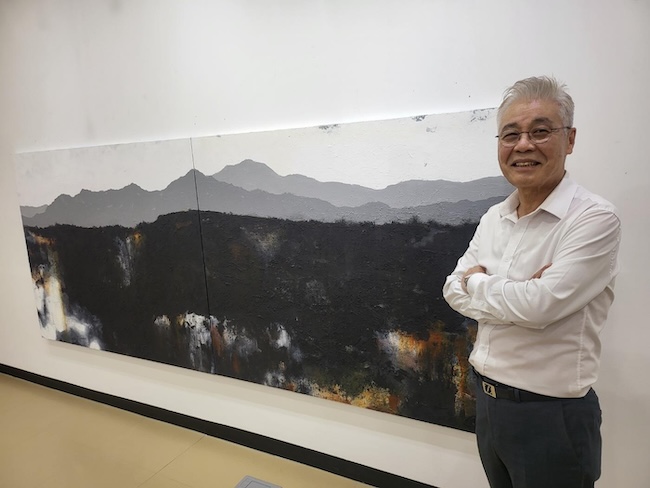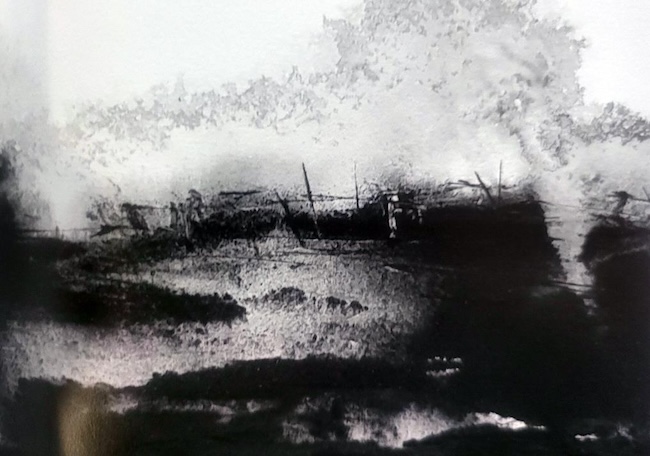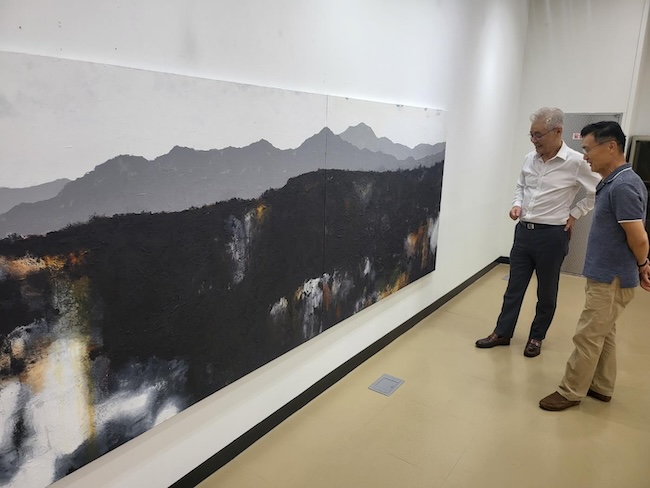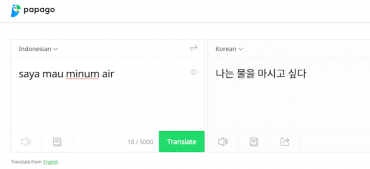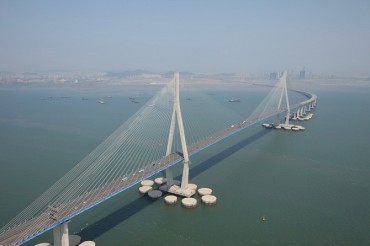TAEBAEK, Aug. 1 (Korea Bizwire) – In the heart of Gangwon Province’s former coal country, an unusual art exhibition is drawing attention. Local artist Choi Beop-jin has transformed the very substance that once fueled the region’s economy into a poignant tribute to its history.
On July 31, Choi unveiled his second annual exhibition, “The Materiality of Coal Dust and the Sentiment of Highland Landscapes,” at the Taebaek Coal Museum. Each piece in the collection is crafted entirely from coal dust, a medium as symbolic as it is challenging.
“I wanted to preserve the memory of Jangseong Mine through art,” Choi explained, referring to the recently closed colliery that was once a cornerstone of South Korea’s modern industrial development. “This dust represents our history, and I aim to immortalize it on canvas.”
The exhibition, which runs until August 20, showcases works that blend the stark, gritty reality of mining life with touches of hope and resilience. Choi has incorporated negative space and light elements to offset the inherently dark and heavy nature of his coal dust medium, symbolizing the indomitable spirit of the mining community.
In a particularly moving series, Choi has integrated personal stories from 24 former miners into his paintings. These narratives, rendered in coal dust as deep and rich as the darkest ink used in traditional Korean ink-wash paintings, provide a firsthand account of life in the mines.
Choi’s innovative use of coal dust is the result of extensive research. He has developed a technique that allows the dust to adhere permanently to the canvas, ensuring the longevity of these historical records.
“This exhibition began as a concept of archiving,” Choi said. “I wanted to eternally record the coal dust that symbolizes our mining regions within these artworks. My hope is that this not only revives memories of coal but also fosters a deeper understanding of our local community and environment.”
The closure of Jangseong Mine last month marked the end of an era for Taebaek, a city that has long grappled with the decline of its primary industry. Choi’s work serves as both a celebration of the region’s heritage and a contemplation of its future.
As visitors move through the exhibition, they are confronted with images that are at once familiar and transformed. Scenes of daily life in the mining community, rendered in shades of black and gray, take on a dreamlike quality, blurring the line between memory and art.
For many local residents, the exhibition offers a chance to see their history reflected back at them in a new light. “It’s strange to see something we used to wash off our clothes every day turned into something beautiful,” said Park Mi-sook, a former miner’s wife who attended the opening.
Image credit: Yonhap / photonews@koreabizwire.com


